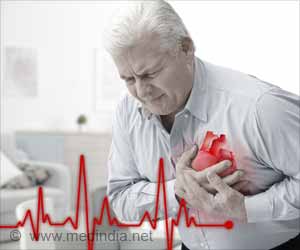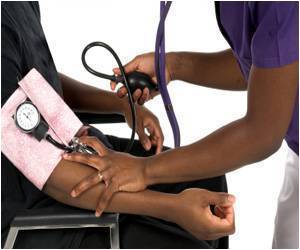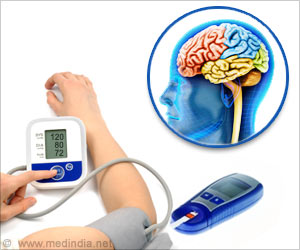PREACT and TENSE provide an elegant and simple effective symptom relief option for patients with initial orthostatic hypotension (IOH).
- Initial orthostatic hypotension (IOH) occurs when there is a transient decrease in blood pressure and increase in heart rate
- Two cost-free, non-drug treatments can improve an IOH patient’s quality of life
- PREACT and TENSE provide a simple effective symptom relief option for patients with IOH
The research appears in Heart Rhythm, the official journal of the Heart Rhythm Society, the Cardiac Electrophysiology Society, and the Pediatric & Congenital Electrophysiology Society, published by Elsevier.
Syncope, lightheadedness, dizziness, or loss of consciousness from IOH, affects up to 40% of the general population (all ages), while presyncope is probably even more common. Despite this, the condition is relatively understudied and there is minimal information available about the underlying mechanisms or symptom management and treatment.
Currently, there are very few options available to patients with IOH and no pharmacological treatments. The most common recommendations have been to stand up slowly or sit up first before standing.
“Almost everyone has probably experienced some lightheadedness at some time after standing up,” explained lead investigator Satish R. Raj, MD, MSCI, FHRS, Professor of Cardiac Sciences, Libin Cardiovascular Institute, Cumming School of Medicine, University of Calgary, Calgary, AB, Canada. “For some people this is a frequent occurrence and may happen several times a day, which can be very frightening and negatively impact their quality of life. We wanted to explore this further and provide novel and effective symptom management techniques with the goal of improving the IOH patient’s quality of life."
The study participants were required to have a significant drop in systolic blood pressure of at least 40 mmHg upon standing to fulfill the diagnostic criteria of IOH on the study day. Two participants had inadequate heart rate recordings and were excluded from the analysis.
Researchers found that both lower body muscle preactivation (thighs) through repeated knee raises prior to standing (PREACT) and lower body muscle tensing (thighs and buttocks) through leg crossing and tensing immediately after standing (TENSE) effectively improve the blood pressure drop. This led to a reduction in symptoms upon standing. They found that the PREACT maneuver accomplished this by increasing cardiac output, while the TENSE maneuver did so by increasing stroke volume.
“Our study provides a novel and cost-free symptom management technique that patients with IOH can use to manage their symptoms,” noted first author Nasia A. Sheikh, MSc, Libin Cardiovascular Institute, Cumming School of Medicine, University of Calgary, Calgary, AB, Canada. “Since it is a physical maneuver, it simply requires the lower body limbs, which patients can utilize at any time and from anywhere to combat their symptoms.”
“Our study demonstrates the physiology of IOH and assesses the utility of physical maneuvers that can help the IOH patient manage their symptoms. A diagnosis of IOH is identified by patients as the critical first step to empowering them to understand and master their symptoms and thus minimize the disruptions to daily living caused by this common, but not commonly understood, condition,” added co-investigator Mary Runté, PhD, University of Lethbridge, Lethbridge, AB, Canada.
In an accompanying editorial, Bert Vandenberk, MD, PhD, Department of Cardiac Sciences, Libin Cardiovascular Institute, Cumming School of Medicine, University of Calgary, Calgary, AB, Canada; and Department of Cardiovascular Sciences, KU Leuven, Leuven, Belgium; and Carlos A. Morillo, MD, FHRS, Department of Cardiac Sciences, Libin Cardiovascular Institute, Cumming School of Medicine, University of Calgary, Calgary, AB, Canada, commented that “PREACT and TENSE provide an elegant and simple effective symptom relief option for patients with IOH.”
However, they noted, “The study needs to be validated in men, as well as being explored in the elderly where multiple confounders should be addressed. Understanding the role of cardiopulmonary mechanoreceptors should also provide further mechanistic insights into the effects of these simple yet very effective physiologic maneuvers.”
Source-Eurekalert











